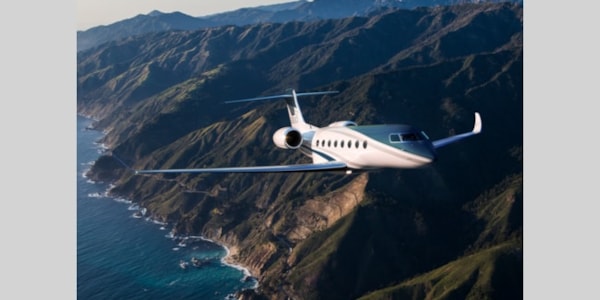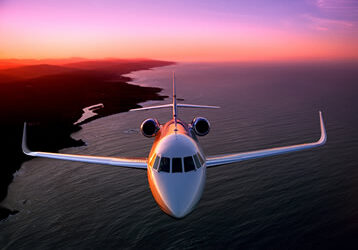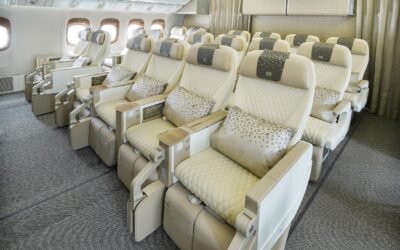Honeywell forecast shows strong growth for business aviation as purchase plans increase sharply

The number of new business jet deliveries is predicted to be up 15% from a year ago according to Honeywell’s 31st annual Global Business Aviation Outlook forecast for 2023 to 2032. According to the report, up to 8,500 new business jets worth $274 billion will be delivered during that ten-year time period.
Operators who were surveyed for the report stated new jet purchase plans in line with 2019 levels. Also, when asked about their intention to add to their fleet, the number of people who said they intended to increase their fleet was about double the number from last year.
“The business aviation industry is greatly benefitting from a wave of first-time users and buyers due in part to changing habits brought on by the COVID-19 pandemic,” Honeywell Aerospace President, Americas Aftermarket, Heath Patrick said. “The business aviation sector is expected to recover to 2019 delivery and expenditure levels by 2023, which is much sooner than previously anticipated. Demand for new business jets is as high as we’ve seen it since 2015, and we expect high levels of demand and expenditures for new aircraft for several more years.”
Also, in the report, one-third of those surveyed expect to fly more in 2023 versus 2022, while 64% expect to fly at least the same amount, and just 4% expect to fly less.
Additional findings state that large, long-range aircraft classes are expected to account for more than 70% of all expenditures of new business jets in the next five years. Also, just 2% of surveyed operators plan to dispose of an aircraft without replacement, which is half the rate from 2021.
RELATED STORY: Honeywell Forecasts Quick Business Aviation Rebound
At times in 2022, flight activity met levels not seen since 2007, which was the busiest year ever for business aviation, according to the report.
In this year’s survey, there were questions about reducing the operators’ carbon footprint during operations. Half report currently implementing at least one method to reduce their carbon footprint, which is 30 % more than last year’s survey.
The methods to reduce carbon emissions vary with “fewer or slower private jet trips” being the highest method at 20% and “increasing passenger capacity” second at 17%. Sustainable aviation fuel (SAF) is the third-most mentioned current method to reduce the operators’ carbon footprint at 14%.



Recent Comments